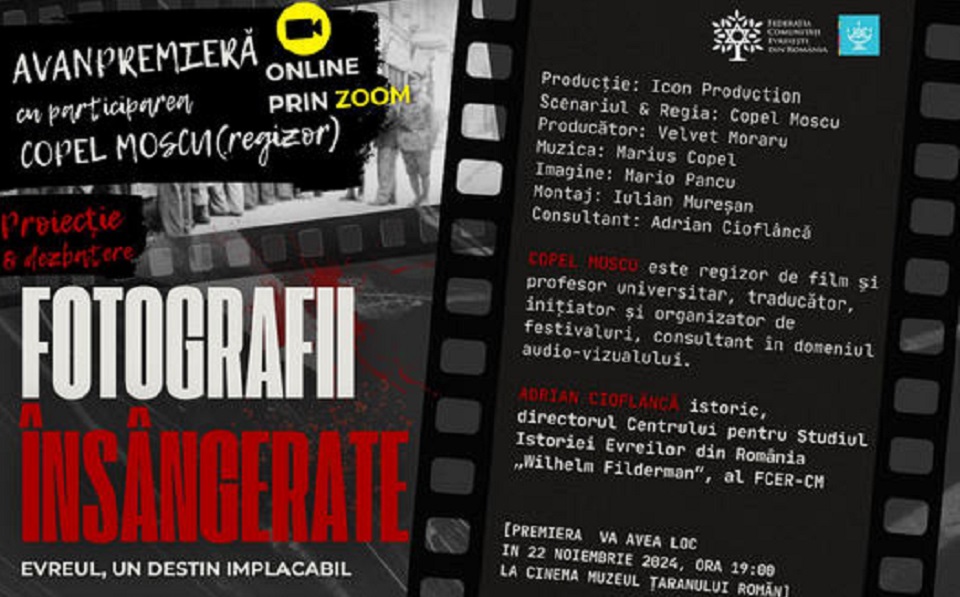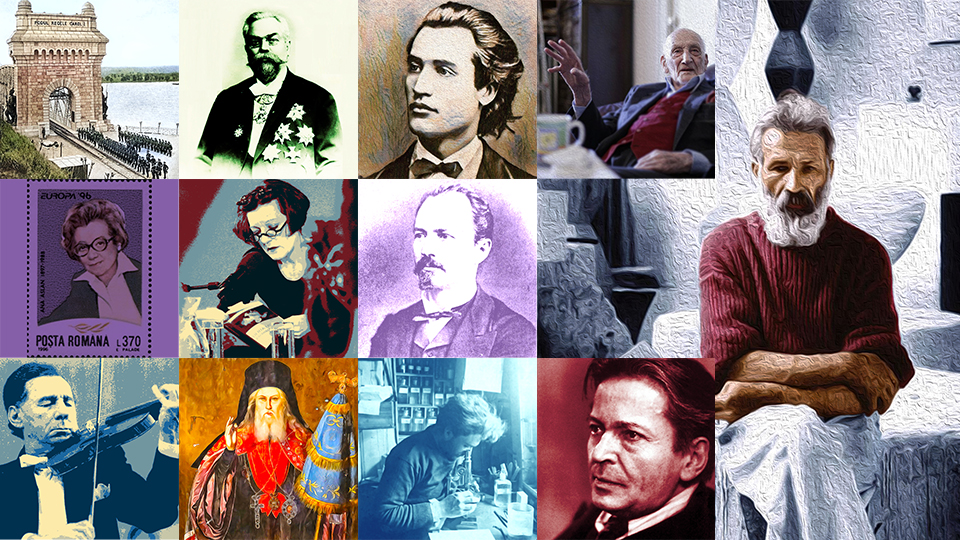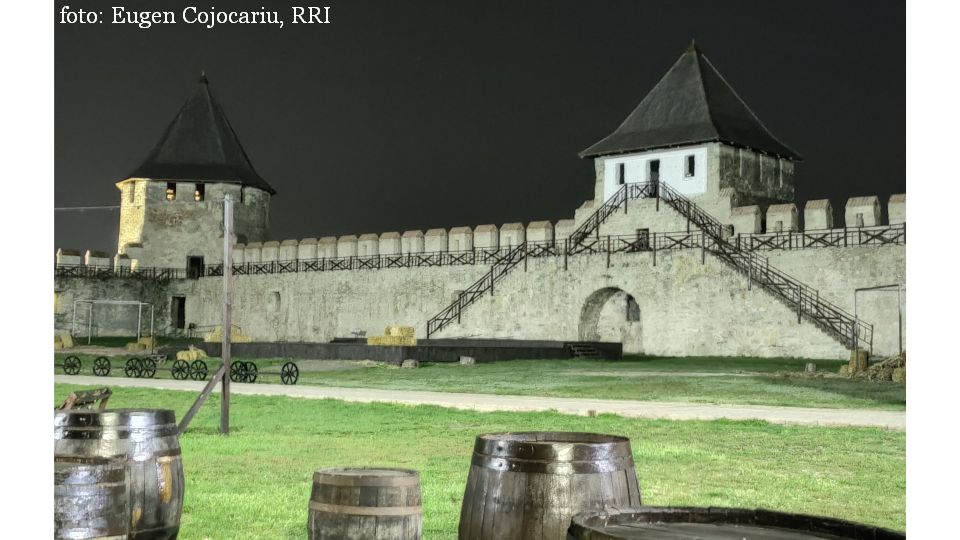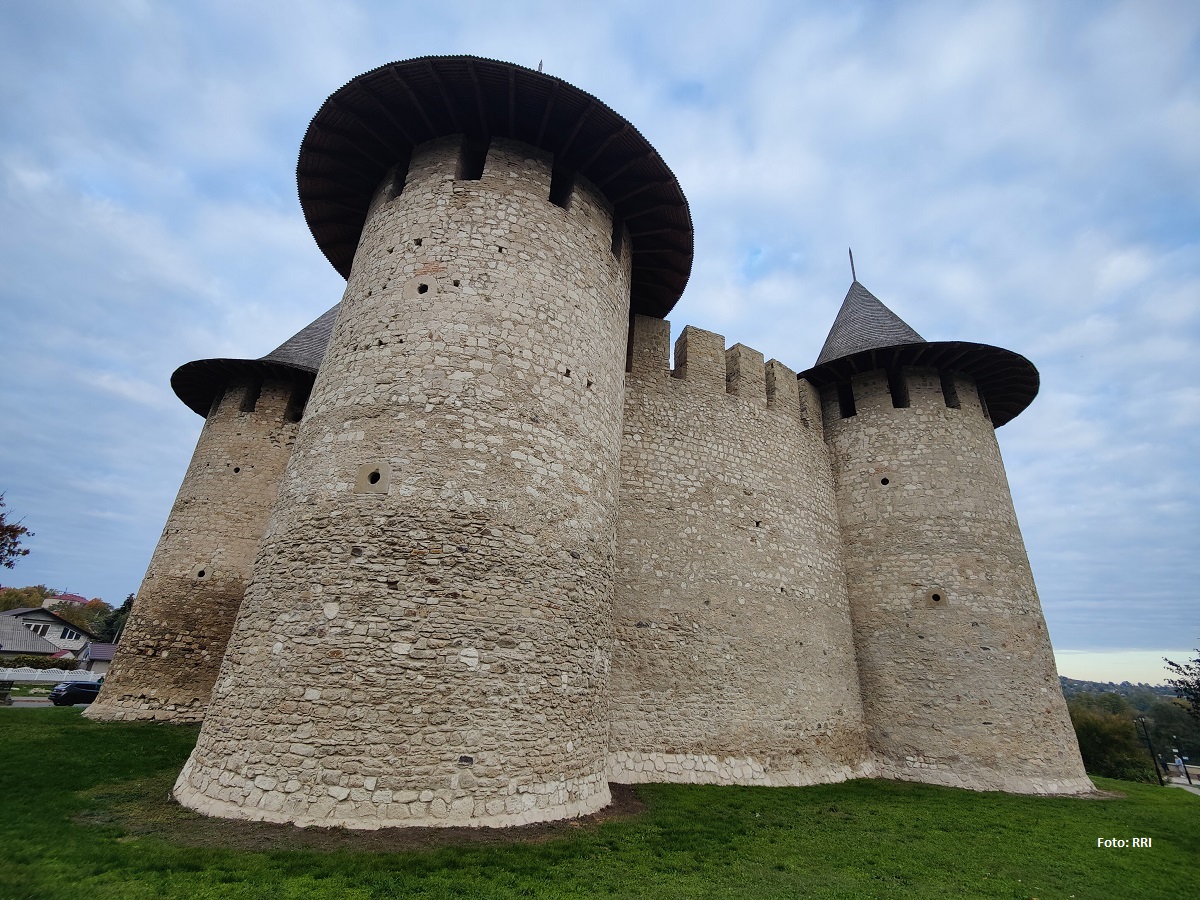Romanian fine artists in France
Romanian painters' rewarding French experience in the 19th century
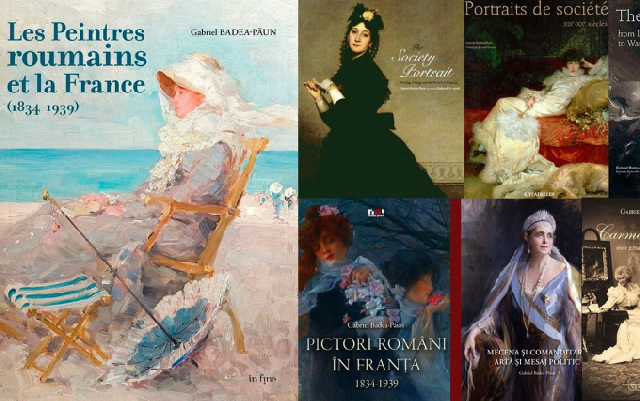
Christine Leșcu, 01.12.2019, 14:00
The mid 19th century in Romania saw Romanian culture getting westernized. For almost a century, fine artists from Romania went to France, in a bid to refine their skills and seek recognition. Fine arts historian Gabriel Badea Pauns most recent volume, “Les peintres roumains in France”(1834-1939)”/Romanian Painters in France(1834-1939)” was brought out in Paris. It includes a presentation of around 350 of the artists who used to be active in the aforementioned timespan. Ion Negulici was the first Romanian painter to arrive in Paris for a study programme at the Fine Arts School. In fact, Negulici was the first among many other painters who did the same, until shortly before the outbreak of World War Two. At that time, some of the artists returned to Romania, while others moved on, departing for other countries.
Gabriel Badea Paun:
“Were speaking about Theodor Aman, the founder of the Fine Arts School in Bucharest, who used the model and the rules of the Parisian school he studied in the 1850s. Then it was Nicolae Grigorescu. I even dedicated an entire chapter to him, since he is the vertebra linking the very difficult early stages and the faltering steps made in the time of Aman to the generation that would follow, in the 1890s. That generation would be extremely numerous, as there was a scholarship system initiated by Aman. More and more Romanians would come. More often than not, however, they would also have a stint with the Royal Academy in Munich. They would be the painters who will mainly represent symbolism, with some of them even spending ten years in Munich prior to coming to Paris, where they had a lot of exhibitions and were very active. “
Theodor Aman and Nicolae grigorescu are famous. However, Gabriel Badea Paun did some detailed archive research and found out there were also other painters, who have fallen into oblivion throughout the years.
Gabriel Badea Paun:
“There is Mihail Simonidi, for instance, I sort of discovered him myself, as he was completely forgotten in Romania. He is the one who painted the hallway of the Savings Bank building in Bucharest, and who came to Paris in the 1890s. He succeed t have a career there, since during the Universal Exhibition in 1900 he was considered the mist promising young painter of the Romanian painting school. After World War One he settled in France and was completely forgotten in our country. Another of his colleagues, who also refined his skills in Amans studio, was Nicolae Gropeanu, who is also very little known in Romania. Yet he is one of the founding members of the Autumn Salon in Paris, held in 1903. For the two, I bent over backwards to make them known in Romania, as the French state purchased some of their works. Unfortunately, they are not exhibited, but are placed in the storage vaults of the Beaubourg and Orsay museums.”
After 1918, for the entire inter-war period, the number of Romanian artists who were striving for perfection and fame grew spectacularly. If there were a little over 100 painters between 1834 and 1914, the rest of them, on whom Gabriel Badea Paun did his research, accounting for more than 200, were active in France in the inter-war period. Many of them remained unknown, while others became landmarks of Romanian fine arts, such as Theodor Pallady.
Gabriel Badea Paun:
“When they came here, they had a certain standard already, otherwise they wouldnt have gained their admission to the Fine Arts School, or to the open painters studios of the other fine arts academies after 1890. They came to perfect their skills and participate in the Paris exhibition system. They made a name for themselves in Paris, they had their own degree of popularity and their prestige, which were on the rise. But of all those 350 fine artists, very few had scintillating careers, many of them ended up as drawing teachers in Bucharest high schools, and not only that. Other mounted one of two exhibitions in the country and, with the money they got selling some of the works on display, they came to Paris to refine their skills. Some of them succeeded to integrate and painted chapels, they even worked in the painting of several public edifices, together with their French colleagues. Eventually, they even grouped together beginning with 1900. It was a life full of vitality and effervescence. .
The French capital was their main point of interest, yet in time, the Romanian painters traveled to artists colonies outside the capital city, especially during summer. This time as well, Nicolae Grigorescu set the tone for that, opting for working in Barbizon, for a while, and leaving for Brittany afterwards.
Gabriel Badea Paun:
“He went to Brittany in the late 1870s, and lived there between 1882 and 1887. And then, some of them also went to Normandy, just like Samuel Mützner who also frequented the Giverny colony, sticking around Claude Monet, and returned with several paintings. Between 1890 and 1900, In Brittany, a great many painters went there, they were impressed by the landscape there and by the ever-changing light. They tried to capture that particular changing luminosity. For instance, Stefan Popescu was one of Lucien Simons most hardworking students in Brittany.”
Romanian painters captivating journey to France, continued, obviously, with the adventure and the Parisian recognition of some of the avant-garde artists, such as Marcel Iancu and Victor Brauner. Other artists also continued that adventure, as shown in Gabriel Badea Pauns work “Les peintres roumains in France”(1834-1939)”/Romanian Painters in France(1834-1939)”.

